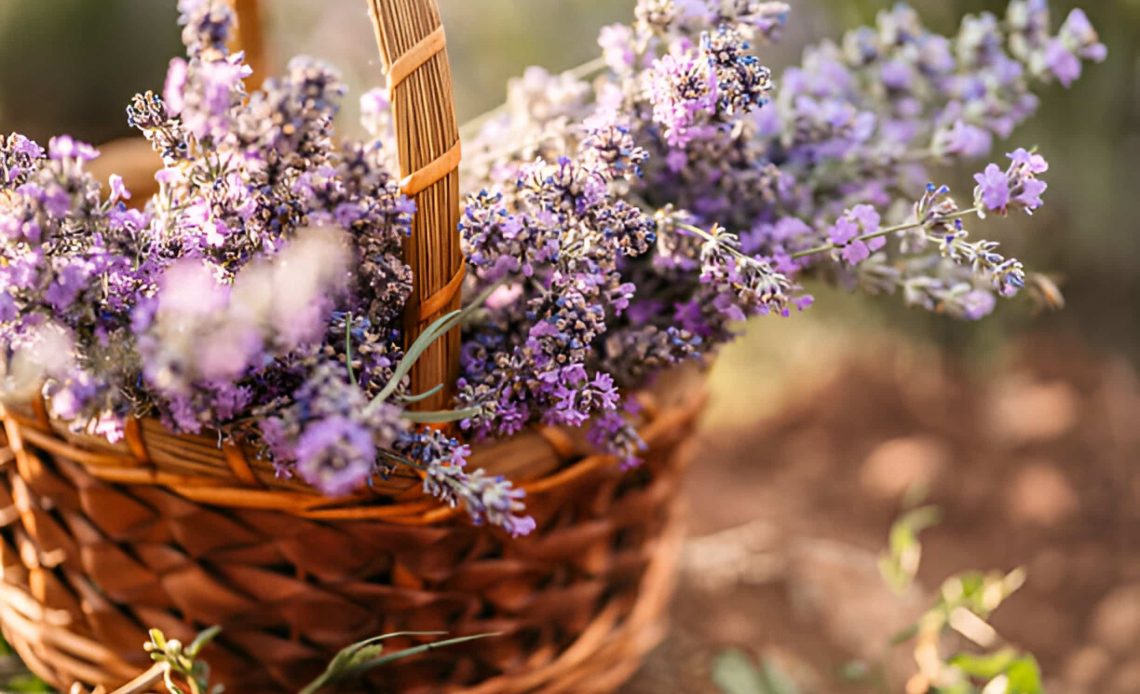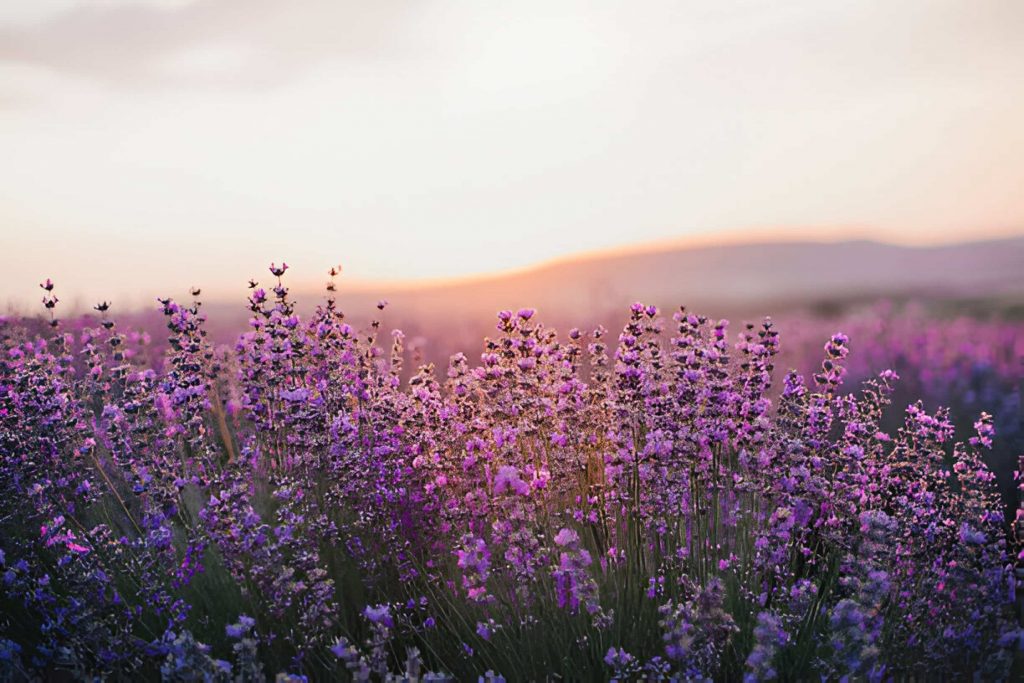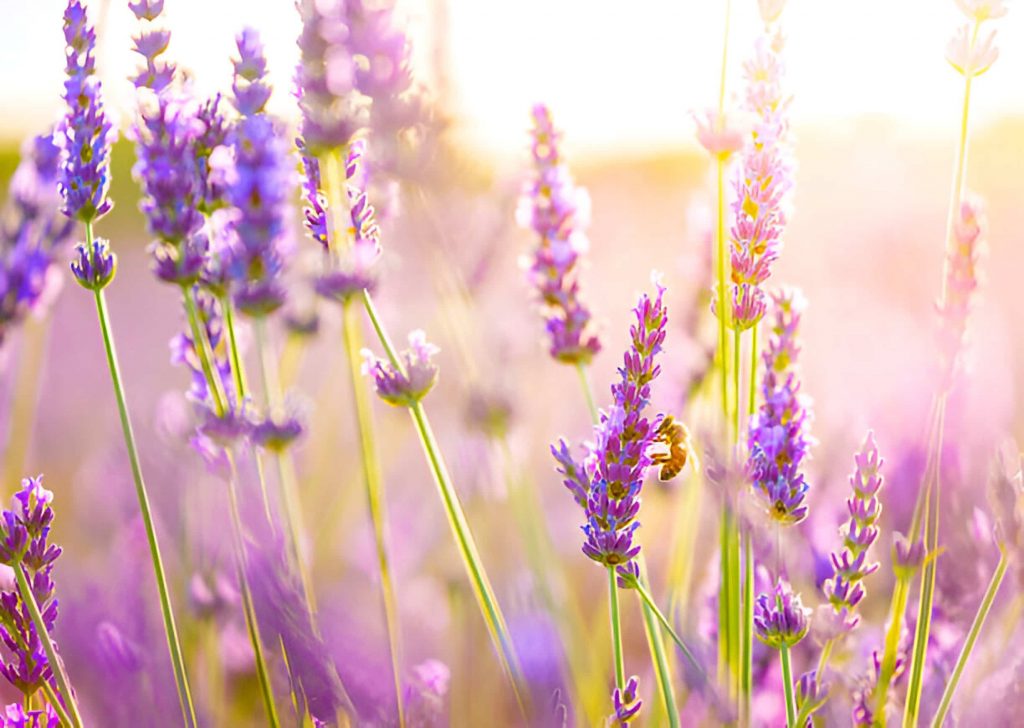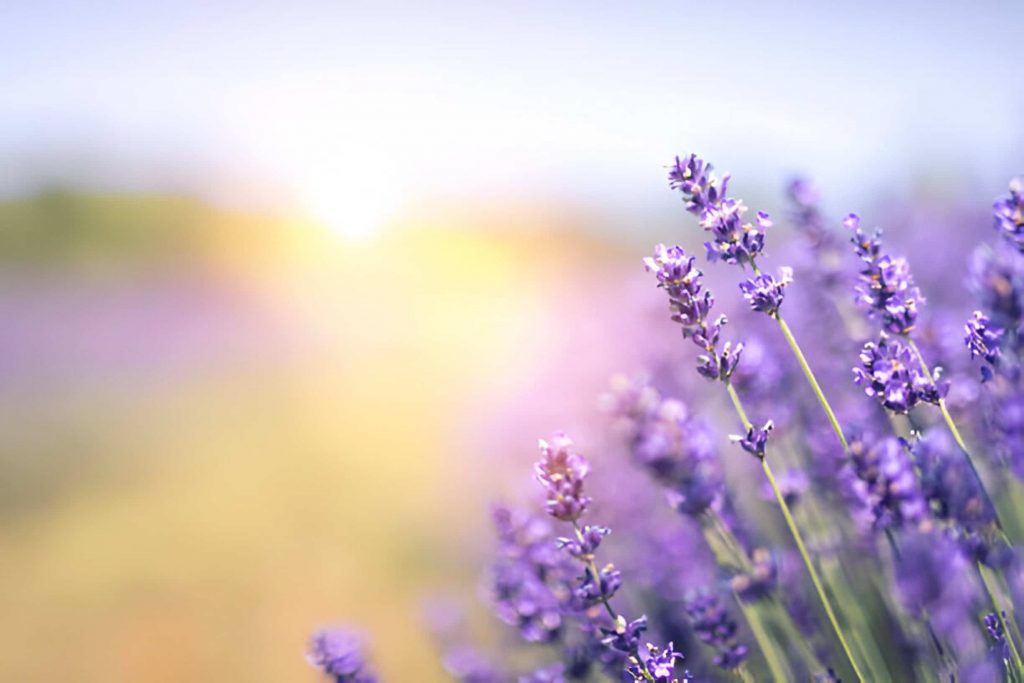
The lavender flower, with its delicate blooms and calming scent, boasts a rich history and symbolism that extends far beyond its beauty in the garden. For centuries, different cultures have ascribed various meanings to this fragrant herb, making it a versatile choice for expressing a range of emotions and intentions. Let’s delve deeper into the captivating world meaning of lavender flower and symbolism, exploring the messages it conveys and the emotions it evokes.
The symbolism of lavender extends beyond its physical form. Ancient Romans used lavender in their baths, believing it would cleanse both body and spirit. In medieval Europe, lavender adorned homes to ward off evil spirits and promote well-being. Its association with love and devotion led to its inclusion in bridal bouquets and love spells. Today, lavender’s versatility continues to inspire artists, poets, and dreamers. Whether dried in sachets, brewed into tea, or woven into wreaths, this timeless flower remains a cherished emblem of serenity and hope.
Lavender Meaning
The name lavender, like its origins, is shrouded in a gentle mystery. Some whisper it derives from the Latin “lavare,” meaning “to wash,” hinting at its historical use in cleansing rituals. Others claim “livere,” the Latin for “bluish,” inspired the name, reflecting the flower’s signature hue. Regardless, lavender has blossomed into a universally recognized name.
Uttering “lavender” conjures a vivid image: slender stalks reaching skyward, crowned with clusters of fragrant purple blooms. It’s a plant so ingrained in our collective consciousness that a mere whisper of its name paints a picture in the mind’s eye. But lavender’s influence extends beyond the visual. This unassuming herb has lent its calming essence to a color, a testament to its enduring power to soothe and inspire.
What Does Lavender Flower Mean?

The lavender flower is known for its beautiful purple hue and calming scent, but it also holds a wealth of symbolism across cultures. Here’s a closer look at the meaning and symbolism of lavender flowers:
Peace
Lavender is one of the most well-known flowers symbolizing peace. Inhaling its calming aroma can help you de-stress and bring serenity to a busy day. Lavender is also a popular choice for relaxing aromatherapy treatments. Plus, the beautiful rows of purple blooms are enough to brighten anyone’s day. Traditionally blooming from June to September, lavender is harvested in late July, making it ideal for summer weddings where you want to reflect the peaceful harmony of nature in your celebrations.
Healing
Lavender is a symbol of healing, carrying therapeutic properties that have been used for centuries to soothe ailments and promote wellness. Lavender has been used for centuries for its medicinal properties. It’s believed to help with anxiety, sleep problems, and even wound healing. Because of this, lavender can also symbolize healing and virtue.
Serenity
The meaning of lavender is deeply connected to serenity. Its calming scent and delicate appearance bring peace and calm to the mind and spirit. The calming scent and beautiful purple flowers of lavender have long been associated with peace and relaxation. It’s no surprise that lavender is a popular ingredient in aromatherapy and herbal teas.
Purity
The lavender flower has a meaning that includes purity. Its clean and crisp fragrance is often associated with cleanliness and innocence. The word “lavender” itself comes from the Latin word “lavare,” which means “to wash.” This connection to cleanliness makes lavender a symbol of purity.
Devotian and Loyalty
In friendship, the delicate Lavender bloom is a symbol of unwavering loyalty and calmness. Its persistent fragrance is emblematic of the deep commitment and understanding shared between companions. Much like the unchanging essence of Lavender, the bond of true companions remains constant. The comforting scent of this flower mirrors the solace and peace friends offer in our lives, acting as a beacon of the tranquility and harmony that genuine connections foster. In essence, Lavender is a poetic representation of lasting friendships and the comforting assurance they provide.
In Victorian times, lavender was often used in wedding bouquets and decorations. It symbolized devotion and loyalty between couples.
Virtue
Lavender carries connotations of virtue. It’s been used historically to convey a message of uprightness and moral integrity.
Luxury
The rarity and unique fragrance of lavender make it a symbol of luxury. It represents refinement, opulence, and an elevated status. The beautiful fragrance and delicate flowers of lavender have also made it a popular choice in perfumes and other luxury goods. So lavender can also convey a sense of elegance and refinement.
Spiritual Meanings of Lavender

Beyond its calming properties, lavender also carries deeper spiritual meanings across various cultures. The flower’s association with purity makes it a symbol of divine connection and spiritual growth. Its fragrant essence is believed to create a pathway to inner serenity, fostering a sense of enlightenment and connection with a higher power. Some cultures even see lavender as a symbol of warding off evil spirits, offering protection on a spiritual journey.
Lavender Flower Color Meanings
Lavender flowers, with their beautiful shades of purple, carry a range of meanings based on their color. Here’s a breakdown:
Light Lavender: This delicate shade leans towards symbolism of purity, innocence, and even a youthful spirit.
Medium Lavender: The most common lavender color, it embodies serenity, peace, and tranquility, reflecting the flower’s calming properties.
Deep Lavender: Nearing the violet spectrum, this rich shade can represent royalty, sophistication, and a touch of luxury.
Lavender in Mythology and Folklore
- The name “lavender” comes from the Latin word “lavare,” meaning “to wash.” This reflects its frequent use in bathing rituals.
- In Victorian floriography, lavender symbolized purity, silence, devotion, caution, serenity, grace, and calmness.
- Its tranquil color and soothing fragrance contribute to these symbolic meanings.
- Lavender is intertwined with Greek mythology. In the tale of Hades and Persephone, Hades used lavender’s captivating scent in the underworld to lure Persephone.
- Another connection is through the nymph Nephele, created in the image of Hera. Lavender’s light, airy scent and purplish hue evoke clouds at dawn or dusk.
Lavender in Ancient Times
Ancient Egypt: Lavender was used in mummification due to its fragrance and preservative qualities. Egyptians also perfumed themselves and their surroundings with it.
Ancient Greece: The Greeks called lavender “nardus” or “nard,” valuing it for medicinal properties. It helped fight insomnia and backaches and served as a perfume.
Ancient Rome: Romans used lavender in baths, beds, clothes, and hair to keep things fresh. They believed in its therapeutic properties for soothing the body and mind.
Lavender and the Bible
Lavender, often referred to as “spikenard” in the Bible, was used to prepare holy essence. It symbolized cleanliness and purity. While lavender isn’t directly mentioned in the Bible, some scholars believe it might be one of the sweet-smelling herbs referenced in various passages. The flower’s symbolic connection with purity aligns with the Bible’s emphasis on spiritual cleanliness.
Lavender Tattoo Meaning
Lavender tattoos hold a variety of meanings, reflecting the wearer’s personal connection to the flower. The light purple hue can symbolize purity, innocence, and youth. Lavender’s calming properties translate into tattoos representing peace, tranquility, and relaxation. It can also represent devotion and loyalty, especially in love. With its medicinal qualities, lavender can symbolize healing from emotional or physical wounds, or a personal renewal. Finally, the delicate flower can represent femininity, grace, and elegance. Ultimately, the meaning behind a lavender tattoo is personal, allowing you to choose a design that reflects your own message.
How is Lavender Used?

Lavender is versatile and used in various ways:
- Aromatherapy: Lavender oil is used for stress relief and relaxation.
- Culinary: Some dishes and desserts include lavender for its unique flavor.
- Skincare: Lavender is found in lotions and soaps for its soothing properties.
- Medicinal: It’s used in herbal remedies to alleviate insomnia and anxiety.
- Decor: Dried lavender adds a fragrant touch to home decor.
- Gardening: Lavender plants are popular in gardens for their scent and pollinator attraction.
Lavender Flowers are Good for These Occasions
Lavender’s versatility makes it suitable for a wide range of occasions. Here’s a breakdown of some popular uses:
Sympathy and Funeral: Lavender’s calming scent and symbolism of peace offer comfort during times of grief. A bouquet or plant expresses sincere condolences.
Get Well Soon: Known for promoting relaxation, lavender is a thoughtful gift for someone recovering. A small bunch or a lavender-scented candle provides a soothing touch.
Congratulations: Lavender can represent new beginnings and success. A plant or a bouquet with lilies is a lovely way to celebrate achievements like graduations or new babies.
Love and Romance: While not traditionally romantic, lavender conveys devotion and purity. A small bunch or a sprig tucked into a rose bouquet adds a touch of elegance and sentiment.
Just Because: Lavender’s beauty and fragrance can brighten anyone’s day. A small bunch or a lavender sachet is a thoughtful way to show you care.
Beyond these, lavender is also appropriate for birthdays, anniversaries, holidays, housewarming gifts, and even teacher appreciation gifts.
